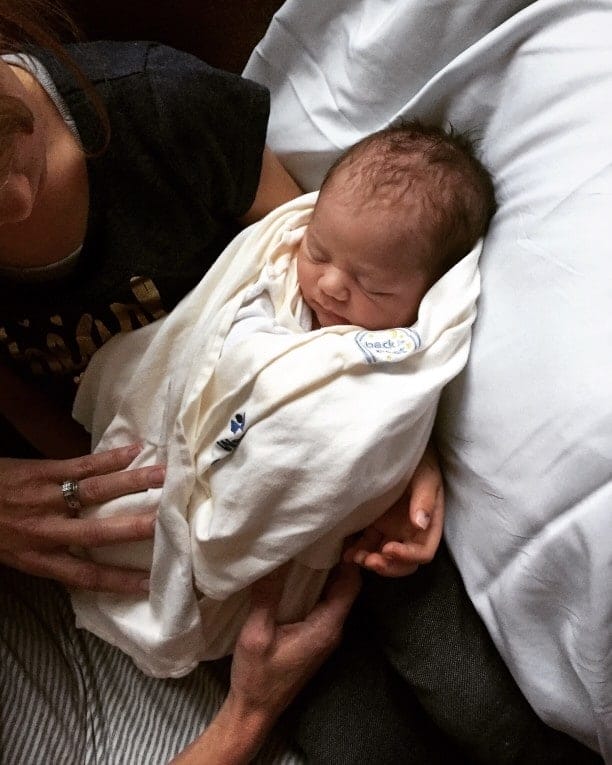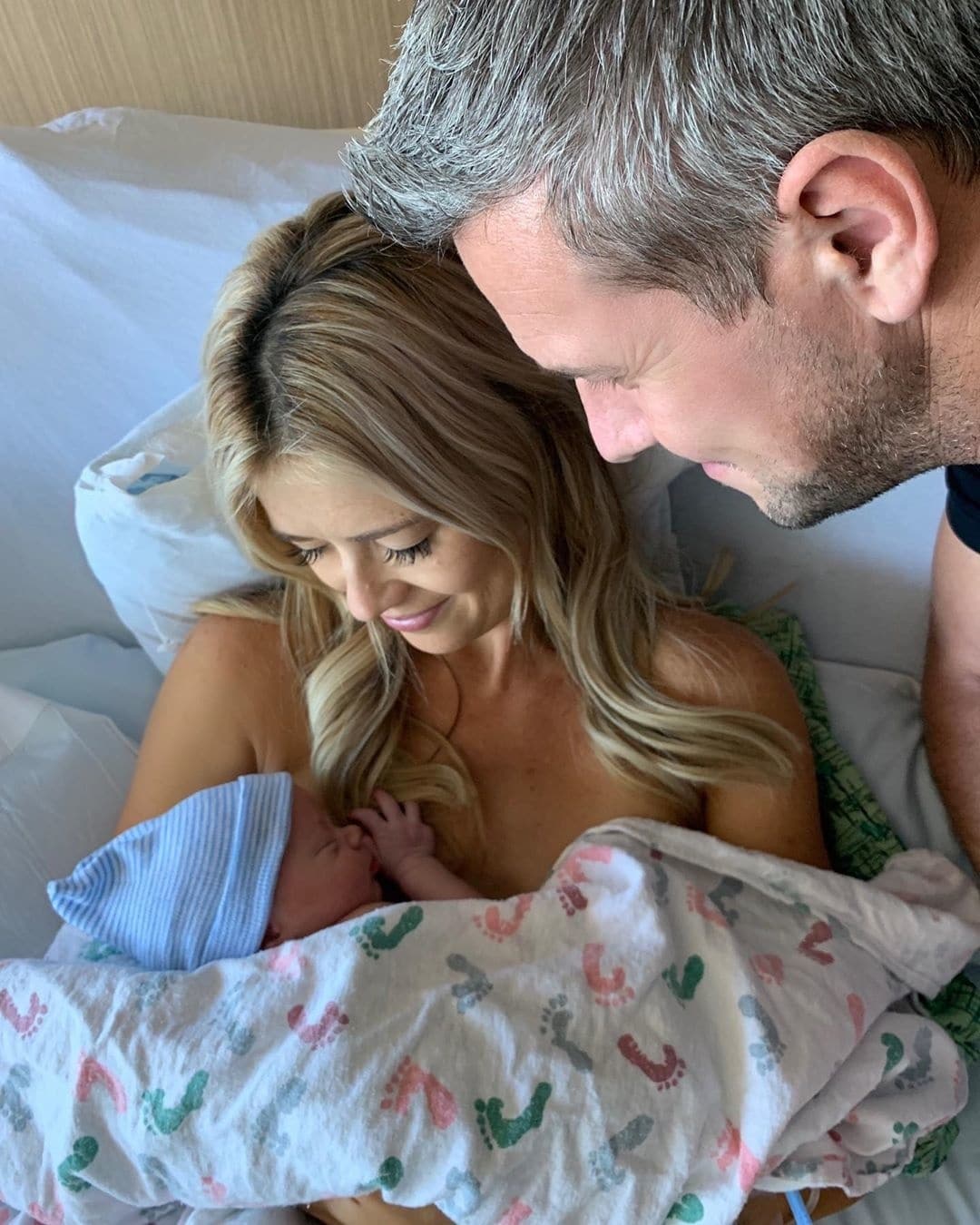10 C-section myths we’d like to clear up right now

Myth #4: You can’t breastfeed after a C-section. While it may be a little more challenging at first, you absolutely can!
Table of Contents
One out of three women becomes a mother via c-section in the United States. That’s a lot of mamas. Yet despite the high numbers, there are still plenty of misconceptions around them.
I’ve been a midwife for several years, and I’ve heard so many, so I thought I’d clear up some of them right now with some C-section facts.
Motherly's Digital Classes
Here are 10 C-section myths we’d like to bust, once and for all.
Myth # 1: C-sections aren’t births
Let’s clear this up right now, because this is simply, without a doubt, not true. When a baby is born from your body, it is birth. Period.
Saying that a c-section isn’t birth because it didn’t happen vaginally is like saying that soccer isn’t a sport because it’s not tennis. Cesarean sections and vaginal births are different, yes. But you know what’s not different? How hard a mother works to grow and birth her baby, how committed to her baby’s health and safety she is, how proud she should be of herself when she’s done, and how much she loves her baby.
And while we’re on the subject, many women who have C-sections do go through labor. Most C-sections are unplanned, meaning something comes up during labor that causes the need for a C-section. So, many women have already had many hours of contractions.
Myth #2: Birth classes and plans aren’t necessary with C-sections
Every mother deserves to have her best birth. Part of having an awesome birth experience is taking a birth class that will empower you to give birth in awareness and confidence. Our Introduction to C-section class covers C-sections and gives you these tools, so you can look back at your birth experience with joy.
The Motherly Guide to Becoming Mama offers an entire chapter on C-sections, plus tons of content on C-section recovery!
Myth #3: C-sections aren’t a big deal
C-sections are becoming more common, but that doesn’t mean they are less serious. First, birth is always a big deal. But this kind of birth is also a surgery. This means they shouldn’t be gone into “lightly”—make sure to ask all the questions you have.
And, make sure to really take care of yourself afterwards. The recovery from a C-section can be tougher than from a vaginal birth, so make sure your home is set up with a c-section recovery kit to support you, you have the gear you need to feel comfortable, and that you enlist all the help you need.
Myth #4: You can’t breastfeed after a C-section
While it may be a little more challenging at first, you absolutely can breastfeed after your cesarean birth! The medications given are usually safe for breastfeeding, and with the help of a lactation consultant or nurse, you’ll be able to find breastfeeding positions that are comfortable.
Myth 5#: Women don’t have vaginal bleeding after a C-section
I know this one seems a bit random, but I get asked this all the time. The primary reason women bleed after birth is because their uterus is healing from the (normal) placental separation, and because the uterus is “shrinking” back to its pre-pregnancy size (and some blood is pressed out in the process).
This happens in vaginal and cesarean births, so stock up on those maxi-pads (and take some home from the hospital!).
Myth #6: Once a C-section, always a C-section
VBACs (or vaginal births after cesareans), are absolutely possible for many women (it often depends on why the first C-section was done—some causes are one-time events, others are more likely to repeat themselves). But the American College of Obstetricians and Gynecologists estimates that 60-80% of women should be able to have a successful VBAC.
If you want to have a VBAC, make sure to ask lots of questions, advocate for yourself and choose a provider and birth place that is supportive of you.
Myth #7: You won’t have any sensation during your C-section
Don’t worry—you won’t have pain! They will do a lot of tests before they start to make sure you are numb. But, when the baby is being born you will feel pressure in your abdomen (the pain medication they give you can’t take that away). A lot of women are caught off guard by that, but it’s completely normal.
Myth #8: You’ll be bedridden for days after your C-section
Quite the opposite! After a C-section, it is particularly important that you get up and walk around to help get everything in your body moving and to prevent complications. You’ll need help from your nurse in the beginning and you won’t be running races for a little while, but movement after almost any surgery is very important.
Myth #9: You can’t do skin-to-skin after a C-section
Skin-to-skin (putting your naked baby directly on your bare chest) is one of the most glorious parts of parenting. Skin-to-skin provides so many emotional and physical benefits to you and your baby, and it is just oh-so-lovely.
The good news is that you can often do it after a C-section. Make sure to let your medical team know that you want to, and a nurse can help you do skin-to-skin in the OR, or shortly after in recovery.
Pro tip: If you’re not able to do it, your partner can!
Myth # 10: Having a C-section means you can’t get postpartum depression
Even though you are not going through labor, the same hormonal shifts happen after the baby is born. And, you’re adjusting to life as a mom and taking care of a tiny human, all while recovering from surgery. So be very aware of your emotional status. If you frequently feel sad, have trouble bonding with your baby, have no energy, or feel like hurting yourself or the baby, get help right away. You are not alone.
[This story was originally published on October 10, 2017. It has been updated.]



































